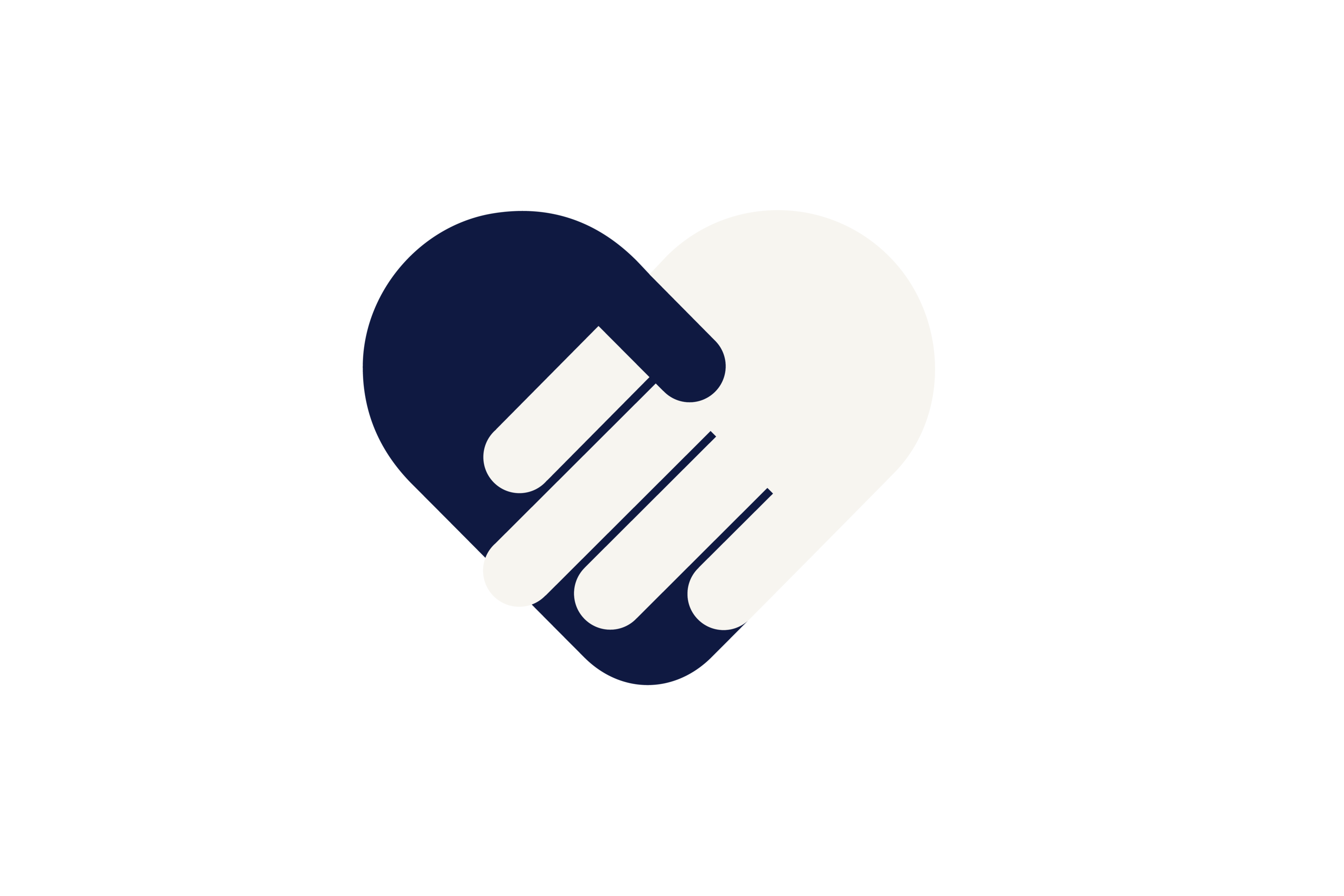Creating a health and wellness framework has been a hot topic of conversation for every industry within New Zealand, as businesses recognise the need to genuinely serve their people with a strong foundation of support and company culture.
In 2022, Randstad's Employer Brand Research revealed that the number one thing New Zealanders look for when choosing an employer is work-life balance, with 68% of respondents naming this as their top driver. A pleasant work atmosphere also came high on the list (60%).
As highlighted by Heather Polglase, People, Culture and Ways of Working Director at Spark, it has become mission critical for employers like Spark to provide increased levels of health and wellness support for their people while also keeping firmly focused on the business priorities and performance. In fact, at Spark wellness has become an integral part of achieving diversity, equity and inclusion outcomes.
why spark nz radically changed its view on wellness.
At the onset of the COVID-19 pandemic, while wellness had always been important to Spark, Heather realised she had to consider wellness more than ever, taking the time to drill down into what would best serve Spark’s 5,000 people during such unprecedented times.
She posed the question, what will get to the heart of the individual and serve the needs of all our people? What will create not only a pleasant but healthy working environment that caters to all tiers of health - physical, social, mental, and emotional?
These questions led to a journey of discovery and reaffirmed the importance of people wellness to the overall success of the business. Heather says, “Obviously we can't talk to 5,000 people simultaneously to see how they're all feeling. However, what I can do is gather data and insights to form points of view that radically change the way wellness works at Spark.”
She continues, “At the heart of it, why do we invest in wellness? Naturally we do it for the good of our people, their lives and their livelihoods. And we do it so that our people can improve their work, home life, or community. “Moving forward, wellness will be at the epicentre of everything we need to do to sustain our business strategy and its outcomes, because it supports our most important asset, our people.”
Randstad’s 2022 Employer Brand Research delved into what constitutes work-life balance, finding employer actions including offering flexible work arrangements (43%), training and development (40%), wellness and mental health resources (38%), and other healthcare benefits (36%).
Heather says she discovered that achieving incredible results as an organisation isn’t possible without techniques and frameworks that support fundamental wellness needs, and that these frameworks must also cater to the betterment of our wider New Zealand population.
This thinking and sensibility helped Heather and the team at Spark to define the Mahi Tahi Wellbeing Framework. This framework is made up of four pillars: energy, environment, connection and community, and mind health. Heather describes it as holistic, authentic, and connected to the bigger and broader aims for the company.

spark’s mahi tahi wellbeing framework in action.
Under each of the four pillars of the Mahi Tahi framework, Heather and her team are actively working on supporting Spark’s people in several ways, while also driving forward the company’s strategy and helping the broader community.
A central focus is on personalisation over a ‘one size fits all’ approach. This includes carefully curating who Spark partners with or what tools are used to ensure personalisation is accessible to everyone and is also scalable. For example, the pandemic highlighted the divergent needs of Spark’s people and provided visibility over priorities.
The company also shifted Spark Give, its planned giving programme which sees Spark matching the charitable donations peoples make, and Spark Volunteer, an initiative where every full-time person working for Spark receives a day each year to volunteer their time and/or skills for a registered charity, under the Mahi Tahi umbrella due to the connection between ‘giving’ and wellbeing.
Overall, the framework also led to assistance in financial wellness for various demographics, creating more flexible and fluid personal and shared working spaces within the office, and far greater access to one-on-one learning development and mental health assistance.
On flexible working and leadership, Heather says, “In reference to the learning and development driver, we've done a lot. We continue to push adaptive leadership as a gene in our DNA. This has become a link across all pillars. So, for people to really feel the essence of that flexibility and what's possible, we push for what some call ‘work-life balance’ but we call ‘work by choice’.”
According to Heather, this breaks open a potential binary that can come from a ‘work-life balance’ approach and brings greater adaptability on an individual basis. People work where they want, when they need to, and are trusted to get the job done.
Opening the conversation and our ideas on what constitutes success is a central theme, Heather says, with Spark promoting the understanding that sustaining high performance outcomes is a continuous loop of learning and is personal to each of us.
On the learning and development front, Spark has also improved access to workshops and knowledge, which has seen more than 1,000 people go through 3-4 different webinar formats and masterclasses on the wellness piece alone.
One further example on the mental health front, is that Spark has set up a wellness hub, that includes two registered psychologists that are readily available for staff free of charge. This specific outcome came from learning through a company wellbeing survey during lockdown that 70% of people felt they would like or needed help from the organisation but weren’t sure how to access it.
These two psychologists both have very different experiences and backgrounds but are able to guide not only Spark’s people but the development of the company’s wellness frameworks. Their input provides their people with ongoing expertise and support and led to Heather and her team discovering the power and importance of personalisation at scale.
how spark uses data insights to create more powerful human moments.
According to Heather, the team behind Mahi Tahi are regularly checking in with the people of Spark to assess and refine the framework according to genuine need.
This includes a check-in every 90 days, and a more in-depth review every six months. Spark’s ‘pulse checking’ questions consist of about 30 questions that are sent out throughout the year, touching on different topics around engagement and general sentiment. People may receive a question every week and every quarter, which combines to create a full picture.
The team also checks in with staff to see how they’re feeling before and after a virtual event and sends out an NPS score for all programmes - including webinars or leadership courses, which Heather says is consistently 70 and above.
According to Heather, gathering data is a crucial aspect of the Mahi Tahi Framework. She says, “Being able to have the data to hand, especially if it's correlated, makes the powerful human moments you want to have around that so much more impactful than it would ever be the other way around.”
linking mental health and wellness to a collective growth mindset.
Mind health is a long-standing priority for Spark, with the People and Culture Strategy called ‘Growth Mindset’. Overall, Heather and her team are focused on building a collective growth mindset capacity across the company, encompassing all stages and phases of growth - from when someone is at their lowest right through to when they’re thriving in their work and personal lives. At a high level, this includes helping people to harness curiosity, deal with ambiguity and build resilience.
Heather references the famous saying, a journey of 1,000 steps begins with a single one, to highlight that building frameworks around wellness and adapting to new thinking takes time and patience and will be worth it in the end.
On the success of the Mahi Tahi Framework now and into the future, Heather says, “We asked ourselves, how do we lay the foundations to create great digital experiences and human ones? How do we simplify what our offering is? Part of that was setting in place enough data and insight to forge a path with our people and build out our roadmap. The ambition for our first three years is to build a world-class, purpose-fuelled people experience. It’s part of our broader ambition as a business to purposefully disrupt the future, we call it ’Hello Tomorrow’.”







